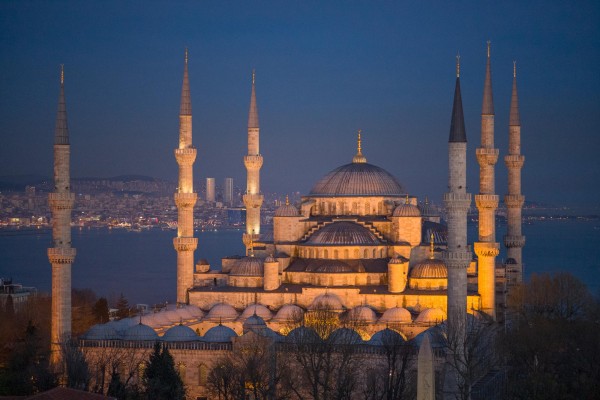-
(21)
-
(0)
-
(0)
-
(21)
Need More Answers? Fill the form and our team will be happy to assist you!

Turkish architecture ... Richness and Diversity
written at 28-02-2020
category Latest news
Turkish architecture ... Richness and Diversity
Throughout the ages, Turkish architecture represented a unique legacy that Turkey celebrated, and it is visited by tens of millions of foreign tourists annually to see these invaluable legacies.
Turkey has hosted many cultures throughout history, it was a bridge between Europe and Asia and that reflects its strategic location between both continents, every region in Turkey is special when compared to the rest of the regions, all this richness and cultural diversity has led to the development of concepts of lifestyle, architecture and art.
The features of Seljuk architecture began to appear in the period of the migration of Turkish tribes to the regions of Anatolia and laying the foundation of the Ottoman Empire, and were represented in mosques, colleges, domes and Turkish baths.
The different cultural environments that the Ottoman Empire embraced were reflected in the architectural forms, motifs and carvings that decorate the buildings, palaces and houses.
Among the motifs, carvings and windows that executed light, and the exploitation of the smallest voids on the walls and ceilings, the Turkish architecture has presented the most beautiful artifacts representing different periods throughout history.
Ottoman Architecture
Ottoman architecture first appeared in Bursa and Edirne between the fourteenth and fifteenth centuries, the Ottoman buildings were famous for devising many cultures, the Middle Eastern, and the Mediterranean region.
The Ottoman Empire has also reached advanced levels of architecture, and its building were made special through their wide interiors which are covered by domes, resulting in a complete harmony between internal and external planning, Manipulating light and the reflection through windows and walls, mosques have also improved in design in the Ottoman Empire time after they looked like normal rooms, Ottomans have made them aesthetic with an elegant architecture that enhances the spiritual atmosphere.
The Ottoman architect, Mimar Sinan
One of the most prominent signs of Ottoman architecture that is distinguished in Turkish history, the most famous "Ottoman architect Sinan" or better known in Turkey as Mimar Sinan, whose architectural effects were not confined to the borders of Turkey or the borders of the Ottoman Empire, but rather spread to various countries and regions around the world.
His real name was Youssef Khadr Bey Jalal Al-Din Hanafi Al-Roumi, and he is most known for Sinan Pasha, born to a Christian family and reverted to Islam in his twenties, and joined the Ottoman forces as a soldier fighting in Eastern Europe and Persia.
During his education, he moved to the capital, and studied under one of the most famous architects at the time, Dawood Agha.
He has gained a lot of experience during his military travels in various geographic regions along the Mediterranean, starting from the regions of Anatolia, Italy, as well as Central Europe at that time, Azerbaijan to Baghdad on the Asian continent, he gained a wealth of knowledge between Seljuk, Byzantine and Iranian architecture, Levant and in Egypt, especially "Cairo", which is famous for its mosques in the Ayyubid era, and the Mamluk era.
Mimar Sinan was promoted chief architect in the Ottoman Empire, after demonstrating his abilities in architecture, a discipline he was passionate about from a young age.
Despite the death of the architect Sinan Pasha several centuries ago, his legacies were implemented on one of the largest projects of Turkey's 2023 vision, the New Istanbul Airport.
The roof of the new Istanbul airport, which covers an area of 1.3 million square meters, is considered the largest airport in the world, honoring the architectural style of the Ottoman architect Sinan.
Keywords
Turkish Architecture, Ottoman Architecture, Mimar Sinan, Ottoman Empire, Seljuk Architecture



